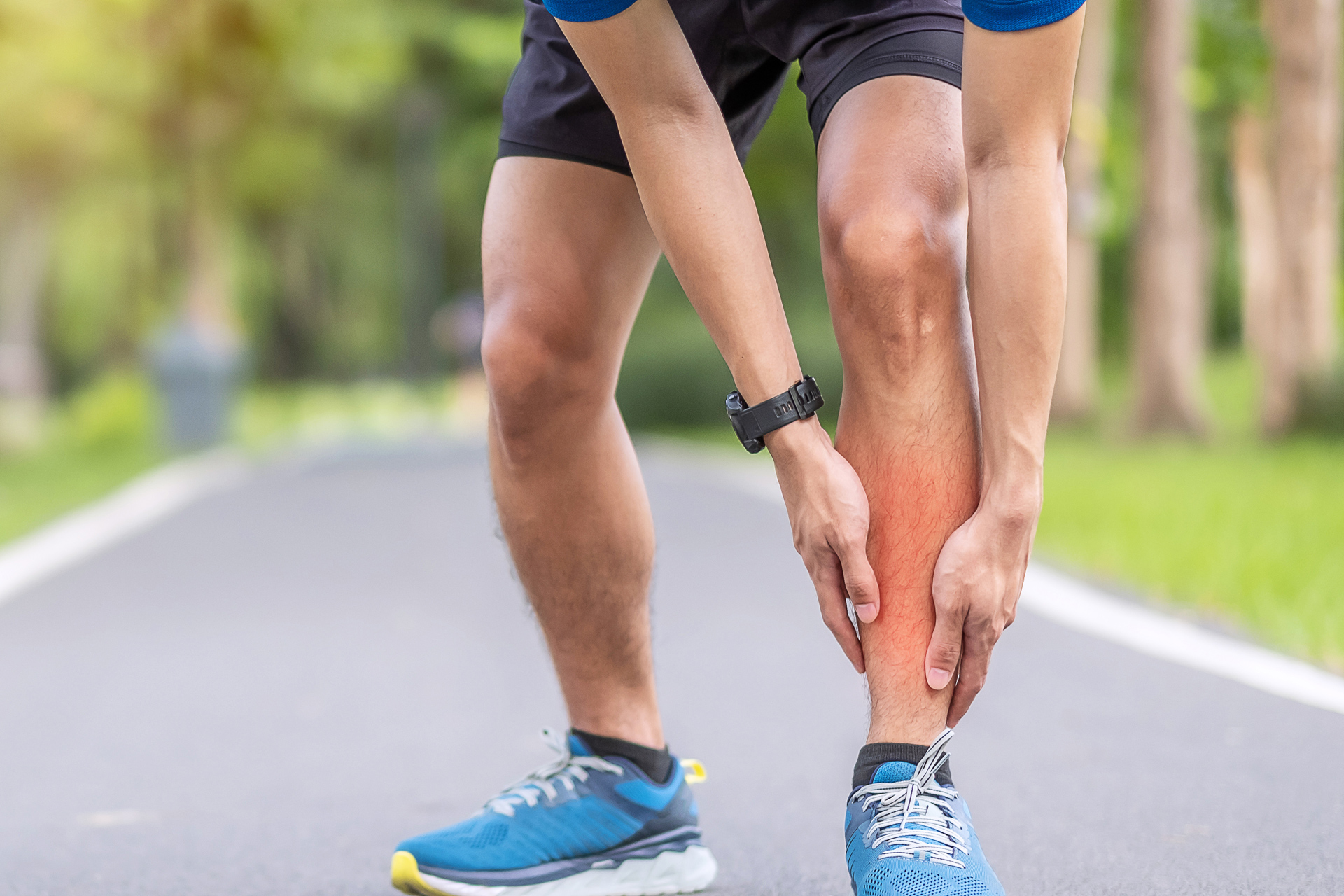How Do Athletes Deal with Shin Splints
The term ‘shin splints’ refers to pain along the shin bone or the large bone in the front of your lower leg. Shin splints typically happen to athletes who overwork the muscles, bone tissues and tendons in the leg, such as when a dancer changes their routine or a runner intensifies their workout.
While shin splints can be sore, tender and painful, they are generally not serious and go away with rest, ice and other self-care measures. However, once you’ve had them once, you’re not going to want to get them again, which is why prevention is crucial.
Below you’ll find more information about treating and preventing shin splints so that you can stay active.
Treating Shin Splints for a Fast Recovery
Shin splints are painful enough to keep you off the field or track. This is why it’s important to deal with them right away. As soon as you notice tenderness, soreness or pain along the inner side of your shinbone, start with the following shin splint treatments:
- Rest your body. It needs time to heal. Without this rest, shin splints can progress into a stress fracture.
- Ice your shin. This will help ease the pain and discomfort. Do this for 20-30 minutes every 3 to 4 hours until the pain is gone, which should be a few days.
- Wear insoles or orthotics. These shoe inserts can help if your arches flatten when you stand up.
- Take NSAIDs. Non-steroidal anti-inflammatory drugs like aspirin, ibuprofen or naproxen can help with swelling and pain. Use them as directed, and only for a temporary period.
Preventing Shin Splints to Keep You on the Field
Once you treat shin splints, you’ll want to take a few preventive measures to lower the odds of them happening again.
Start by picking the right shoes. They should be designed for your particular activity and fit well. If you have flat feet or high arches, wear supportive shoes to accommodate your foot shape. You may benefit from an orthotic or insert to stabilize and support your feet and legs.
If you do need to change your training or activity, do so gradually. This will help your body adjust to the workout, reducing the risk for shin splints. Also, be sure to cross-train so that you’re not just doing the same activities over and over again. Switching makes a difference.
Lastly, if you do notice pain in your shinbone, start treating it right away. Elevate the leg and apply ice to prevent the shin splints from getting worse. Some athletes have good luck with compression devices like a splint sleeve or compression bandage, as they increase blood flow and oxygen to vulnerable areas.
If you continue to suffer from shin splints, schedule an appointment with Jersey Rehab. Our sports doctors will do an exam and create an individualized treatment plan that addresses your needs.

